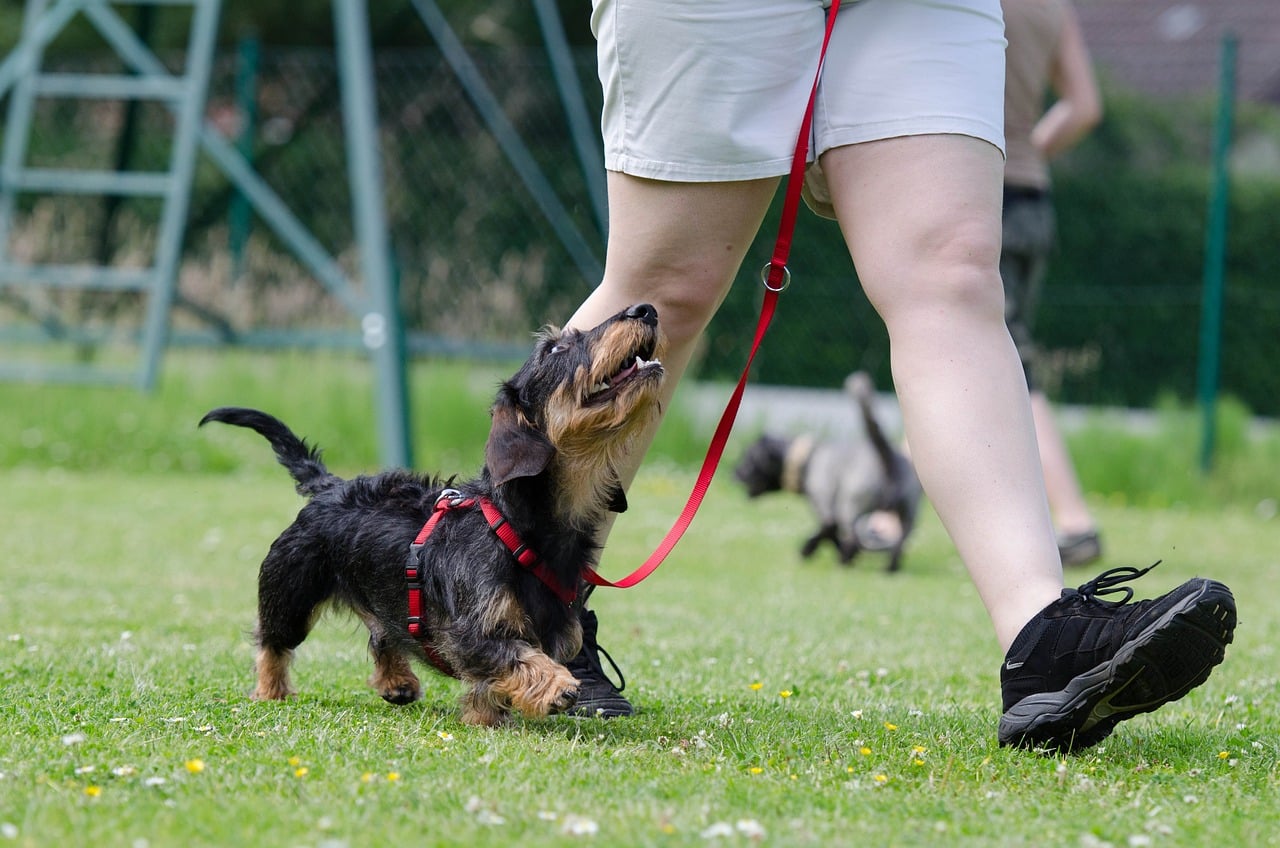 Shutterstock
Shutterstock
Going to the park can be a fun and enriching experience for dogs, providing opportunities for exercise, socialization, and exploration. However, parks also come with their share of potential hazards that can put your furry friend at risk. From rough play to hidden dangers in the grass, various factors could lead to injuries. Understanding these risks is essential for keeping your dog safe while allowing them to enjoy the great outdoors. Being prepared and vigilant can help ensure that park visits are both enjoyable and injury-free for your dog.
Rough Play with Other Dogs
 Shutterstock
Shutterstock
While dog parks are great for socialization, not all dogs play the same way. Rough play can quickly escalate, leading to bites, scratches, or even more serious injuries. Some dogs may not know when to stop or may become too aggressive, increasing the risk of harm. If you notice any signs of tension or overly rough behavior, it’s best to intervene and separate the dogs. Being attentive to body language and play styles can help prevent injuries during playtime.
Sticks and Other Sharp Objects
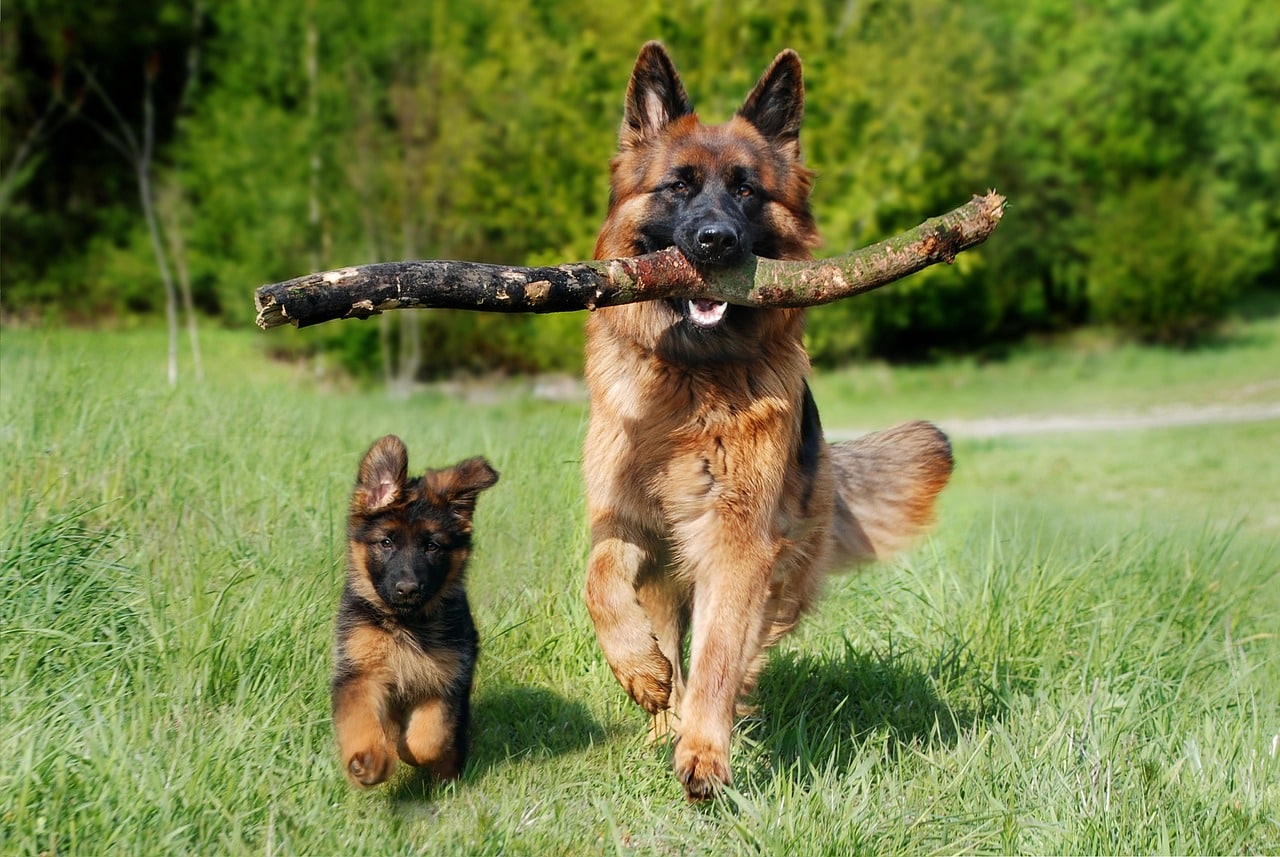 Shutterstock
Shutterstock
Parks are filled with natural elements, including sticks, branches, and rocks. While dogs love to play with sticks, they can pose serious dangers if the stick splinters or if the dog accidentally swallows a piece. Sharp objects hidden in the grass, such as broken glass or metal, can also cause cuts or injuries to your dog’s paws. Always check the area for hazards before letting your dog run free, and consider bringing a safe toy for them to play with instead.
Heatstroke
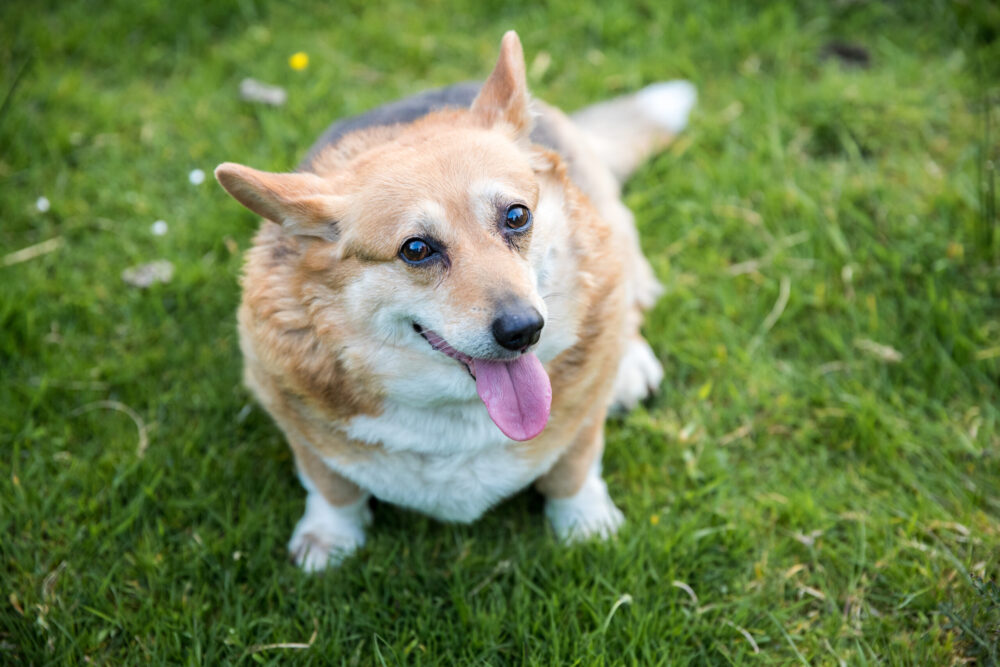 Shutterstock
Shutterstock
On hot days, the park can be a risky place for dogs, especially if there isn’t enough shade or water available. Heatstroke occurs when a dog’s body temperature rises too high, and it can lead to serious complications, including organ damage. Signs of heatstroke in dogs include excessive panting, drooling, lethargy, and vomiting. To avoid heatstroke, make sure your dog has access to water, take frequent breaks, and avoid strenuous activity during peak heat hours.
Insect Stings and Bites
 Shutterstock
Shutterstock
Insects such as bees, wasps, ants, and ticks can be found in parks and may pose a threat to your dog. Stings and bites can cause allergic reactions, swelling, and pain. In some cases, an insect sting could lead to a more severe reaction, requiring immediate veterinary attention. Additionally, ticks can transmit diseases such as Lyme disease. Always check your dog for ticks after a trip to the park, and keep an eye out for any signs of irritation or discomfort from other insect bites.
Toxic Plants and Mushrooms
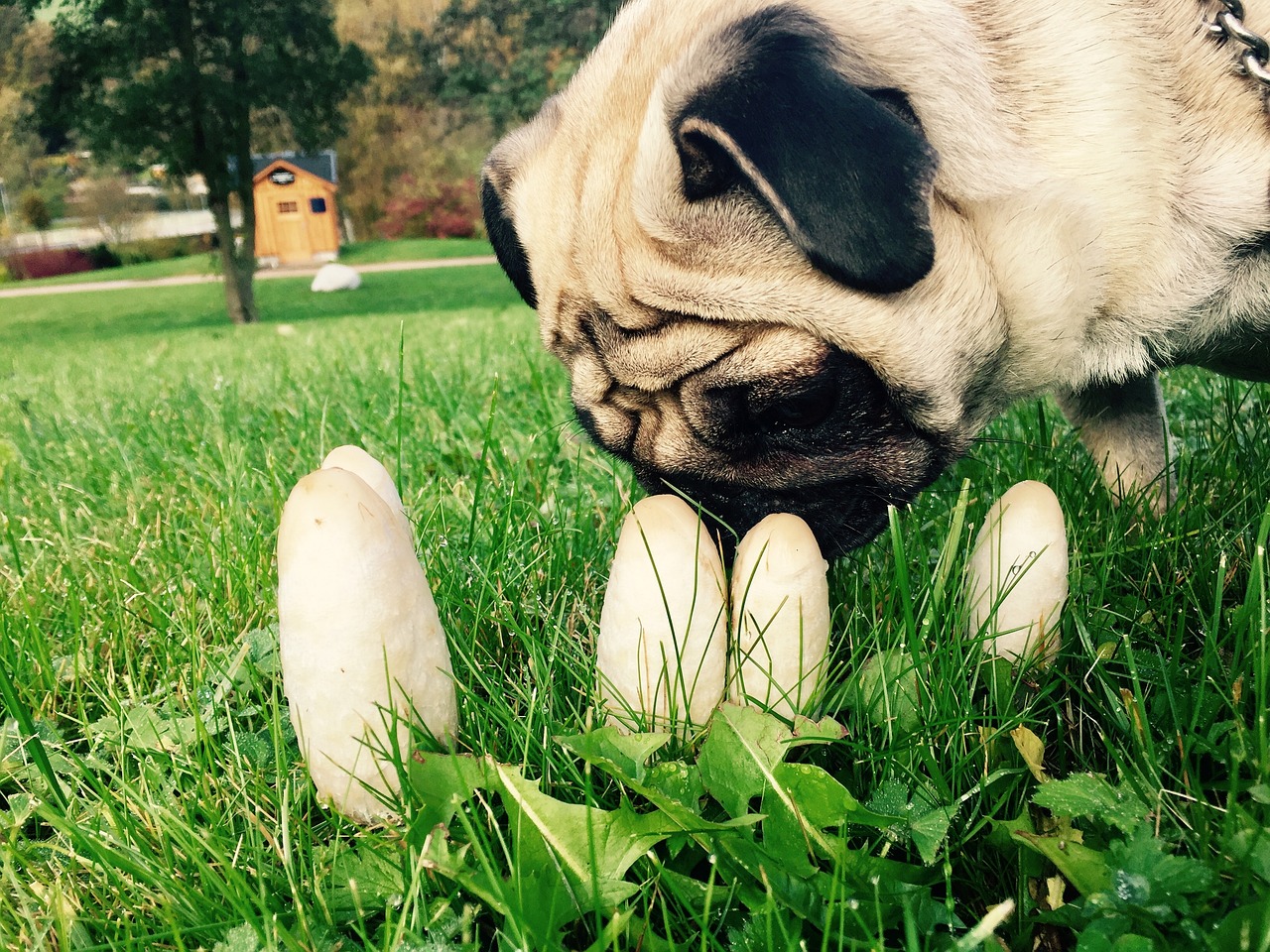 Shutterstock
Shutterstock
Parks often contain a variety of plants, some of which can be toxic to dogs if ingested. Poisonous plants and mushrooms can cause symptoms ranging from mild gastrointestinal upset to more severe reactions, such as seizures or liver failure. Since it can be difficult to identify all the different plant species in a park, it’s best to keep an eye on your dog and prevent them from chewing on any unfamiliar plants. Familiarizing yourself with common toxic plants in your area can also help you stay vigilant.
Water Hazards
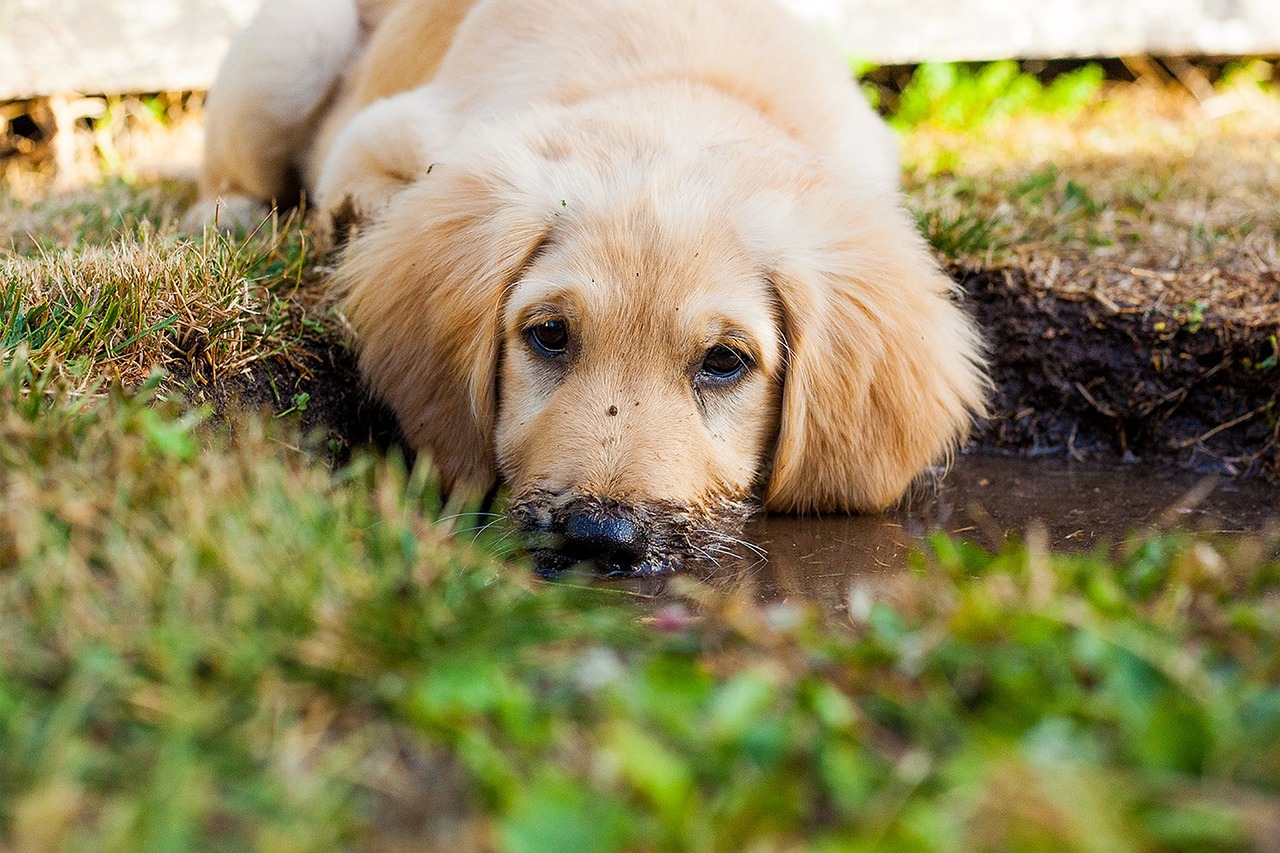 Shutterstock
Shutterstock
While many dogs love to swim, water can pose several risks, especially if it’s a natural body of water like a pond, river, or lake. Dogs can suffer from water intoxication, hypothermia, or even drowning if they are not strong swimmers. Additionally, water contaminated with harmful bacteria or algae can make your dog sick. Always supervise your dog around water and make sure the area is safe for swimming. If you’re unsure about the water quality, it’s best to keep your dog on the shore.
Fights with Other Animals
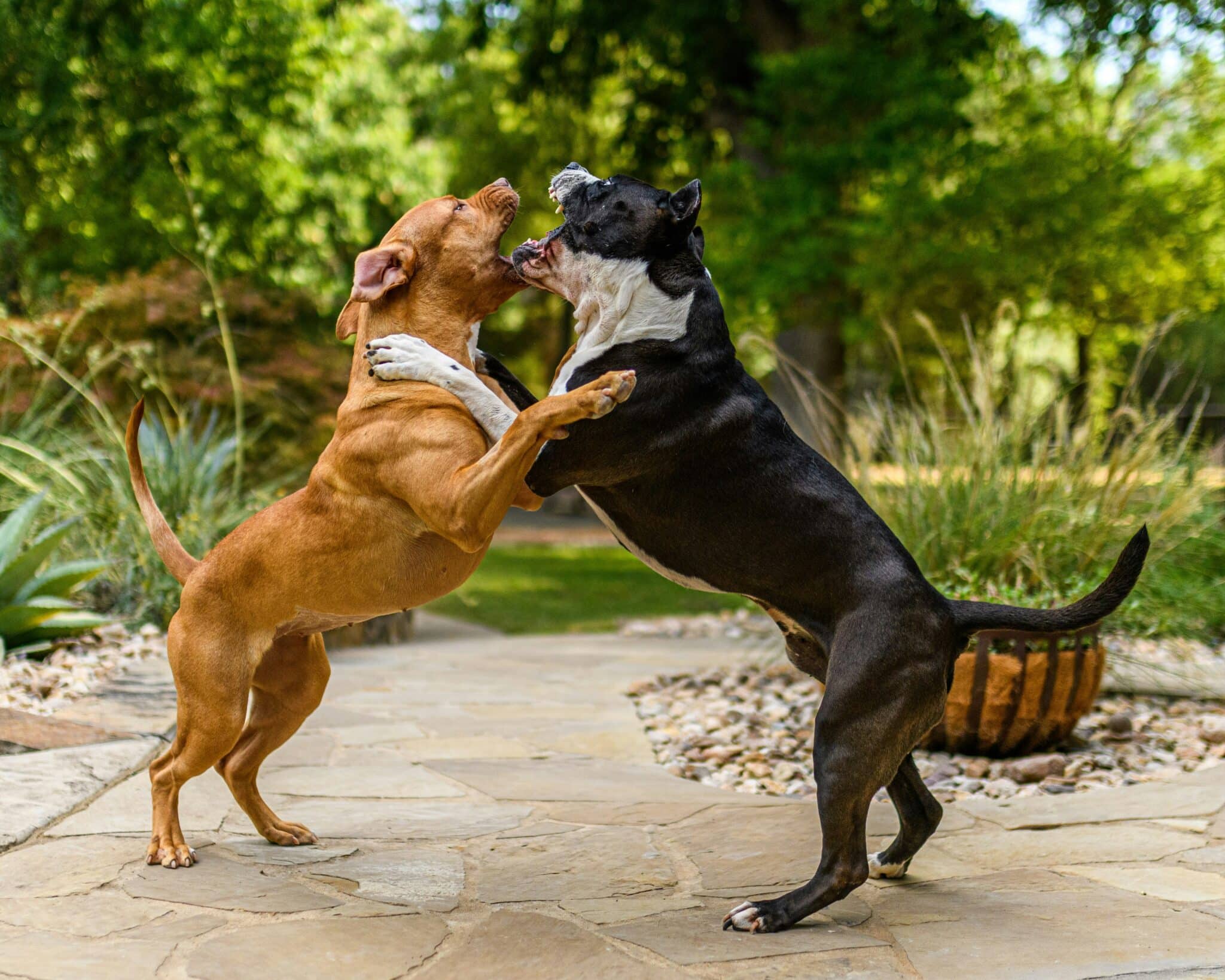 Shutterstock
Shutterstock
Parks may be home to more than just dogs—wild animals such as squirrels, raccoons, or even stray cats may also be present. While your dog may see these animals as potential playmates or prey, encounters can quickly turn dangerous. Wildlife may defend themselves by biting or scratching, which could lead to injuries or infections. It’s important to keep an eye on your dog and discourage them from chasing or approaching wild animals, even if they seem harmless.
Broken or Uneven Ground
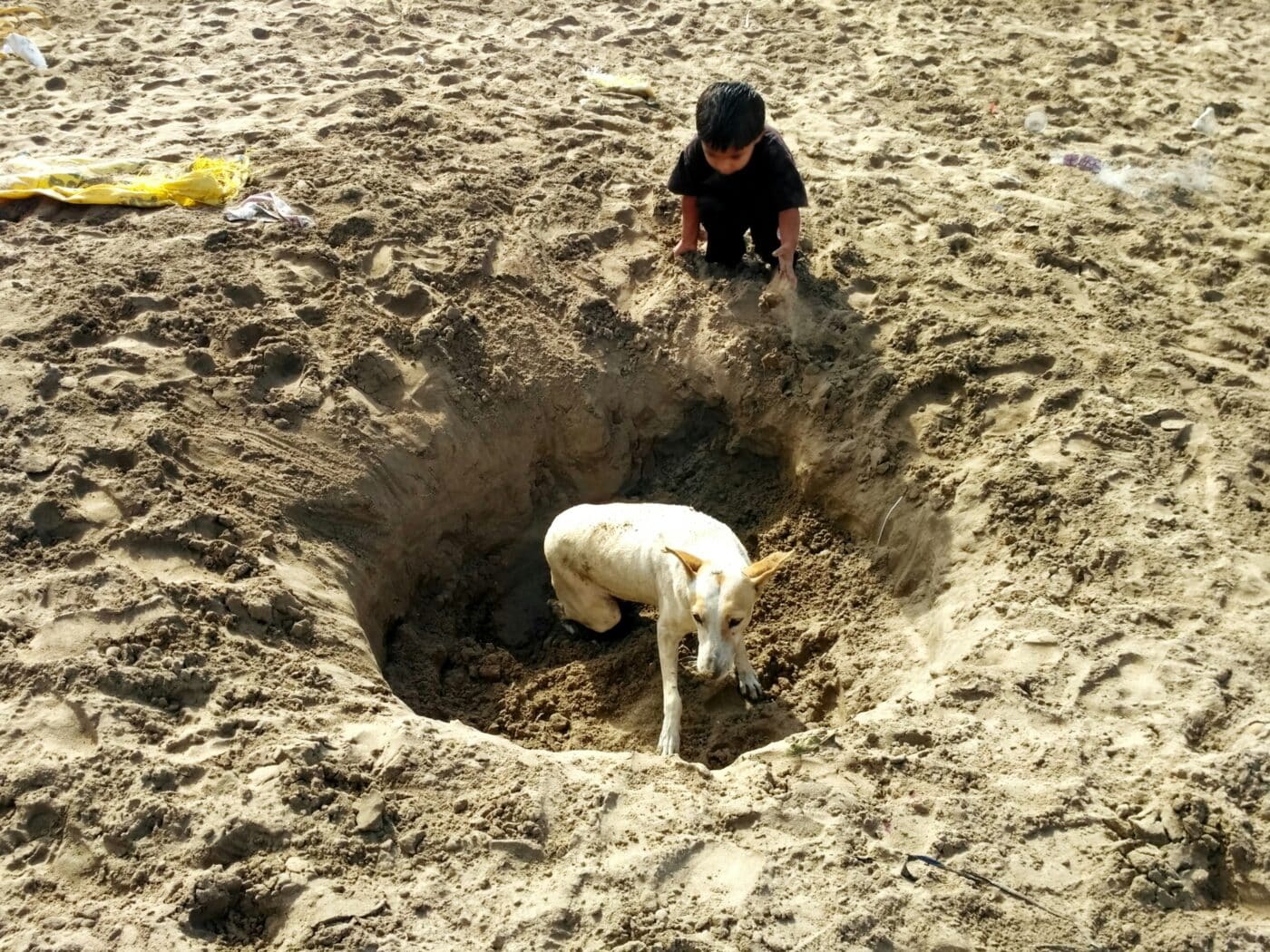 Shutterstock
Shutterstock
Dogs love to run and chase, but uneven ground, holes, or rocks can lead to sprains, broken bones, or other injuries. High-energy dogs that are running at full speed are especially prone to accidents. Even a simple misstep can result in a twisted ankle or ligament tear. Before letting your dog run around, take a quick walk through the area to check for any hidden hazards, such as potholes or rocky surfaces, that could cause them to trip or fall.
Getting Lost
 Shutterstock
Shutterstock
While it might not be a direct physical injury, getting lost is still a significant risk when taking your dog to the park. If a dog gets too far away or is distracted by something, they may wander off and become disoriented. This risk is higher in large parks with wooded areas or trails. Keeping your dog on a leash or ensuring they have reliable recall training can help prevent them from getting lost. It’s also a good idea to make sure your dog has identification tags and is microchipped.
Aggressive Dogs
 Shutterstock
Shutterstock
Not all dogs at the park are friendly, and an encounter with an aggressive dog can lead to bites, scratches, or even more serious injuries. If you notice any signs of aggression, such as growling, raised hackles, or stiff posture, it’s best to steer your dog away from the situation. Sometimes, a seemingly harmless encounter can escalate quickly, so always stay close to your dog and be prepared to intervene if necessary. It’s better to play it safe than to risk an aggressive confrontation.
Getting Stuck in Fences or Gates
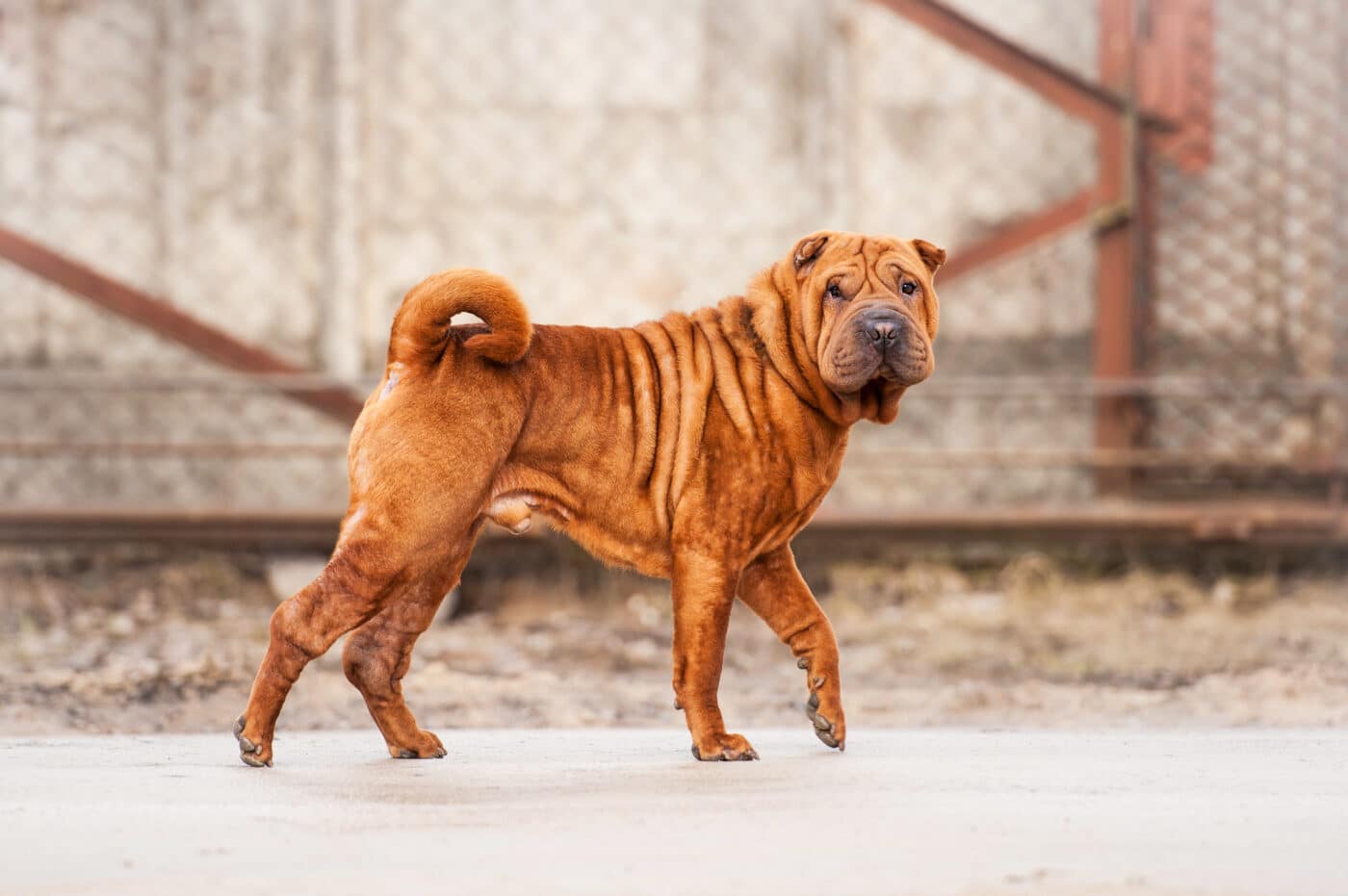 Shutterstock
Shutterstock
Many parks have fences or gates designed to keep dogs contained, but smaller dogs or curious pups may attempt to squeeze through tight spaces. This can result in injuries such as cuts, scrapes, or even broken bones. Make sure that your dog is an appropriate size for any enclosed area, and supervise them when near gates or fences. If the fence has any sharp edges or gaps, it’s best to avoid that section of the park altogether.
Exposure to Parasites
 Shutterstock
Shutterstock
Dog parks can be breeding grounds for parasites such as fleas, ticks, and intestinal worms. Close contact with other dogs and shared spaces increases the likelihood of picking up these unwanted guests. To minimize the risk, keep your dog up to date on flea, tick, and worm preventatives, and regularly check their coat and skin for any signs of parasites. If your dog frequently visits parks, it’s a good idea to consult your vet about additional preventative measures.
Eating Leftover Food or Garbage
 Shutterstock
Shutterstock
Dogs are natural scavengers, and parks often have leftover food or garbage lying around. Ingesting discarded food, wrappers, or even animal feces can lead to gastrointestinal upset, choking hazards, or poisoning. Some items may contain harmful substances such as chocolate, grapes, or artificial sweeteners that are toxic to dogs. Always keep a close eye on your dog to prevent them from eating anything they shouldn’t. Bringing your own treats and toys can help keep them occupied and less interested in scavenging.
It’s All Fun And Games Until It’s Not!
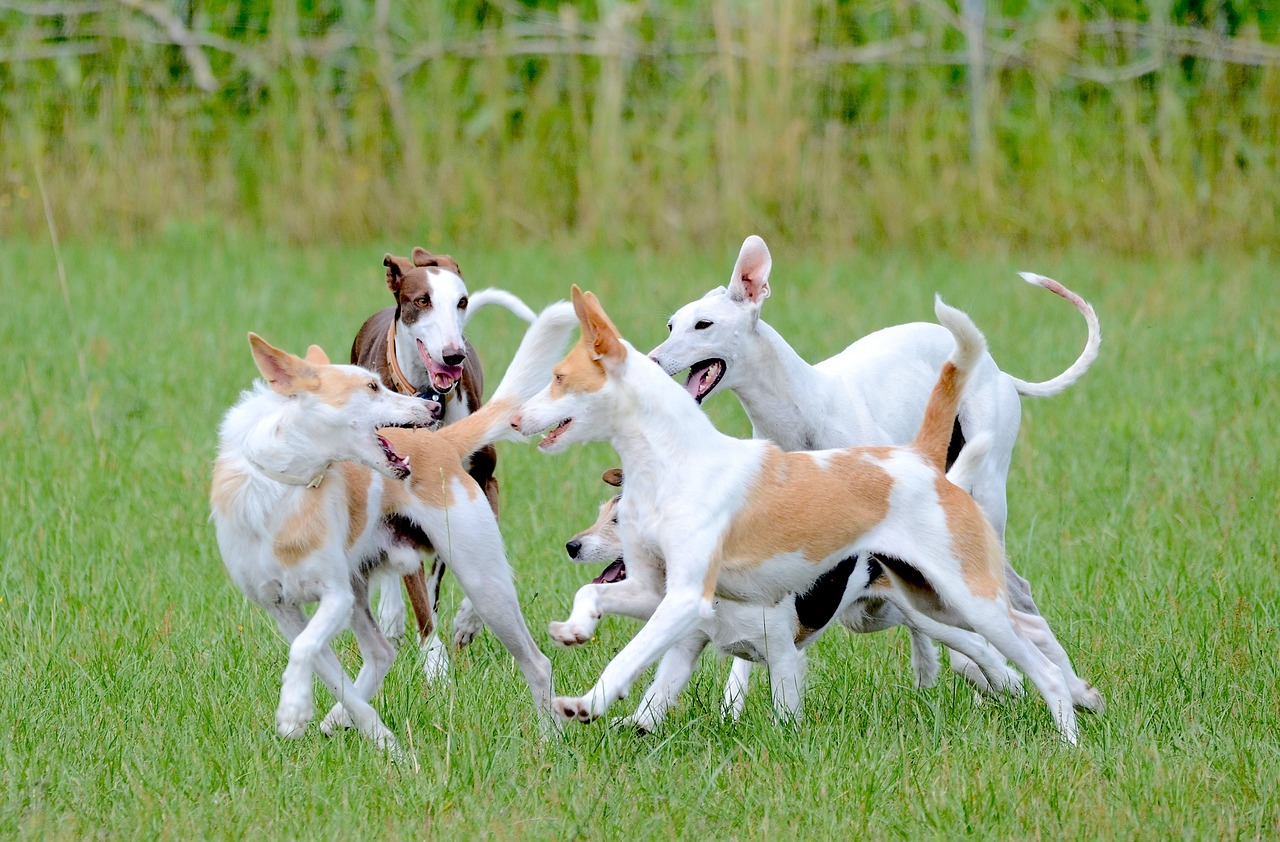 Shutterstock
Shutterstock
The park can be full of potential mishaps for your dog, but that shouldn’t discourage you from enjoying outdoor adventures together! It’s all about staying vigilant, keeping an eye out for hazards, and being prepared for unexpected situations. By taking some precautions, you can ensure your furry friend stays safe while having a great time exploring and playing. After all, when it comes to park shenanigans, our dogs are experts at keeping us on our toes (or paws) and adding a little excitement to our day!
 Toledo, United States.
Toledo, United States.